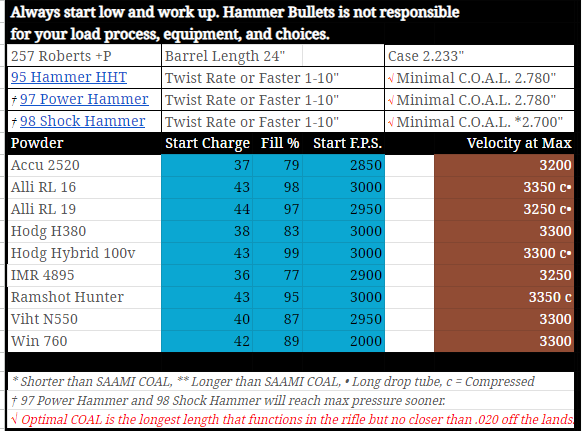Bullshot
Well-known member
I don’t know why this is sticking in my head today, but reloading wisdom says to start pretty low and work up slowly, that every rifle behaves differently, can’t be too safe, etc. Yet anybody with any rifle has no qualms about loading any factory round from any manufacturer literally having no idea what the powder/primer combo is. Is it accurate then to assume that factory loadings are closer to min than to max? If not, why are they seemingly viewed as so universally safe?





